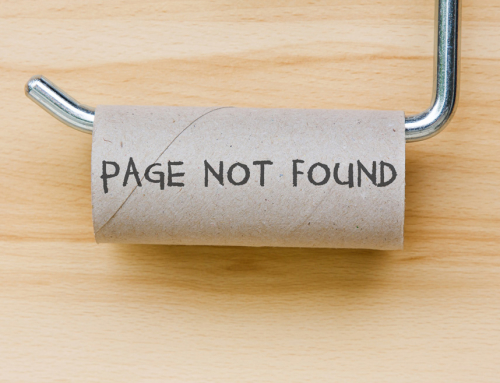Web Design
When a creative agency and a client start off a project, both have the same general aims: delivering a website that looks the part, represents the company’s values, and ultimately generates more business. Yet many web design endeavours often end in tears (in both camps).
And it’s not always down the creative agency. Yes, we’re going to come out and say it: often, the client carries just as much (if not more) of the blame. To avoid your new web project being worthy of the scrap heap, here are some tips to be the perfect client and get the results you’re looking for.
Define Your Goals Clearly
Everyone wants a nice looking website that generates more business. But that’s not a brief, now is it? Before you look to engage a creative agency, be sure about what you’re trying to achieve and who your target audience is.
You’re the one that knows your industry inside and out. You understand where you’re falling short and how you’re looking to improve. Be clear about those goals and try and be as specific as possible.
Being Practical Comes First
The main aim of your new website is to do what you need it to do, not what you want it to do. Don’t come looking for all the bells and whistles that you’ve seen on stalwarts such as Apple.com or Amazon.co.uk. Unfortunately, you can’t have that.
If you try and overreach your feature set, you’ll end up with a website that spreads itself too think and ultimately comes up short. Even if the design agency can deliver all of the functionality and visuals you’re looking for, it may not be what’s required. Having a fancy site may be suitable for a tech company, but is it really suitable for a law firm?
Designing By Committee (Don’t Do It)
One of the problems with a web design project is that everyone wants to get involved. After all, it’s exciting and new. While the enthusiasm is certainly welcome, the interference by multiple parties is not.
Your company needs to have a clear representative that steers the project’s direction, including any tweaks and changes as requirements change. If everyone on the team gets a say, the final product will be a mishmash of different goals, ideas, and preferences. You’ll get a disjointed design that won’t quite fit together seamlessly.
Let the Designer Design
We understand it’s very tempting, but try and stay away from getting involved in the nitty gritty of the design project. You’ve hired a designer because they can design, correct? To put it curtly and perhaps a little bluntly: let the designers do their job.
We’re not saying you shouldn’t make your goals and vision clear. On the contrary, designers want your input. However, when it comes to the actual visual elements and making decisions on what looks best and will cater to your audience, it’s best to leave it to the professionals.
Listen, we’re not trying to take away your voice from the project nor do we mean to claim we don’t make mistakes. But if client and designer start off with a clear understanding of the intended direction, we’ll all be better off and a successful website can be delivered. And that’s what we’re both looking to achieve.






Leave A Comment
You must be logged in to post a comment.